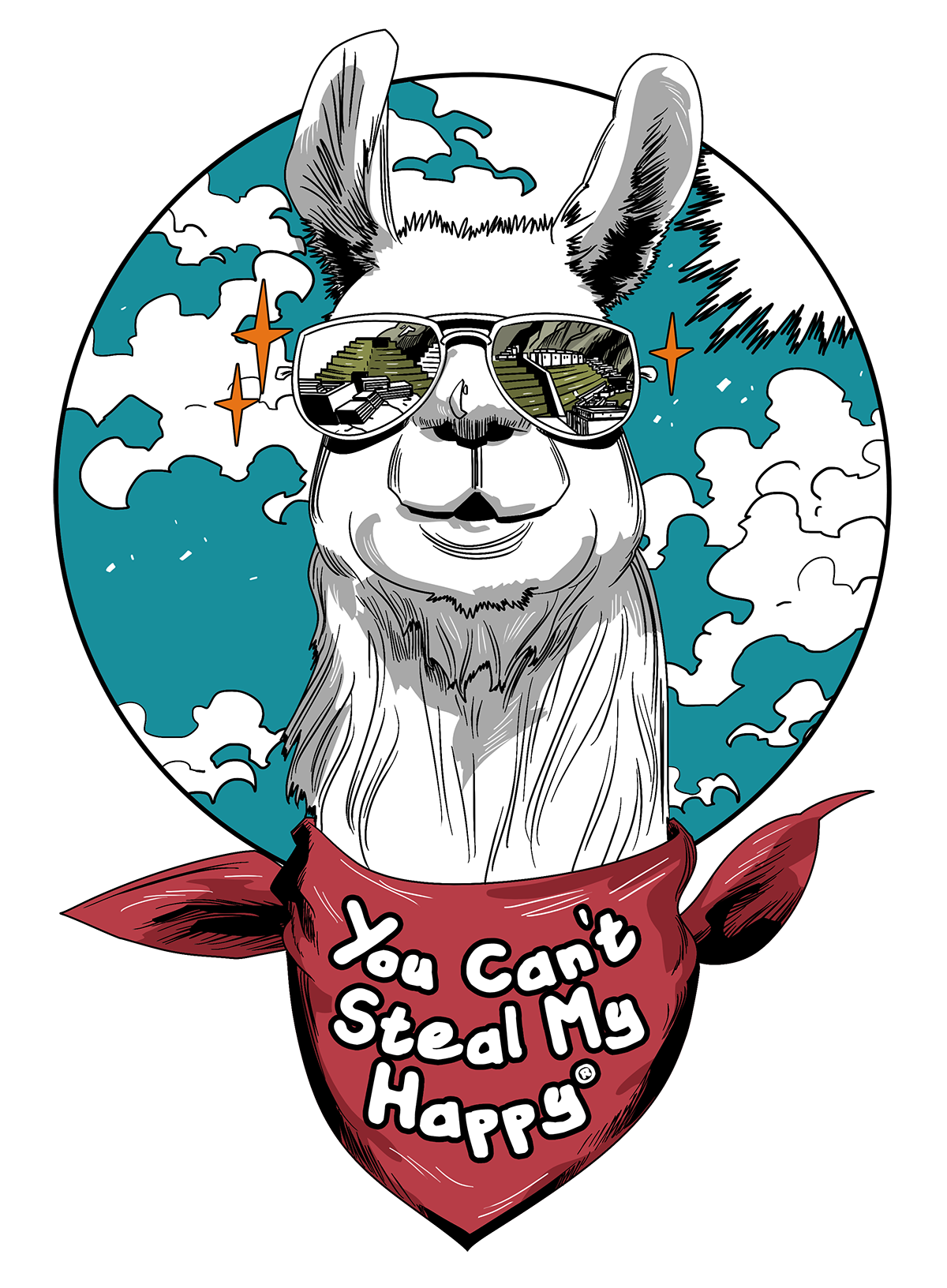Thailand & Laos
HOW TO GET THERE
The main international airports with service to Chiang Mai are Hong Kong (HKG), Beijing (PEK),
Seoul (ICN) and Bangkok (BKK).
You will be departing out of Luang Prabang (LPQ)- https://www.luangprabangairport.com/flight-status departures/. The largest international airport servicing Luang Prabang (LPQ) is Bangkok (BKK).
When researching how to get to a destination you can go directly to the airport’s website to see where flights are arriving from and the airlines servicing the airport (https://www.chiang-mai-airport.com/arrivals.php). Then check FlightsFrom.com to view the best routes from your departure city. We also recommend using Google Flights to compare different airlines and their prices/routes. ALWAYS book your flights direct on an airline’s website, don’t use third-party sites. You don’t want to have an issue when traveling and have to rely on calling a third-party for assistance. Airlines will not speak with you directly about third-party bookings.
CURRENCY
The currency in Thailand is the baht. ATMs can be found just about everywhere in Thailand, and most accept foreign cards. Look for the Cirrus or Visa symbol. They’re the easiest way to exchange money and receive the best rate. ATMs in Thailand will return your card after the transaction so be sure to take you money and wait for your card to be returned before you walk away or else the machine will eat your card!
In Laos, the currency is the Lao Kip. ATMs are also readily available but there is a low maximum transaction and high transaction fees. US dollars are accepted in many places and easy to exchange at banks or exchange kiosks.
Check here for current exchange rates – https://www.xe.com/currencyconverter/.
ENTRY REQUIREMENTS
ELECTRICAL PLUGS
In Thailand, types C and O are the official standards. American type A & B plugs can also be used, but their compatibility is going to be phased out in the long term.
In Laos the power plug sockets are of type A, B, C, E and F. The standard voltage is 230 V and the frequency is 50 Hz.
Click here to purchase a universal adapter/converter.
TIPPING
WEATHER & WHAT TO WEAR
ACCOMMODATIONS
For an extended stay in Luang Prabang, contact the hotel directly.
https://mekongriverview.com/
